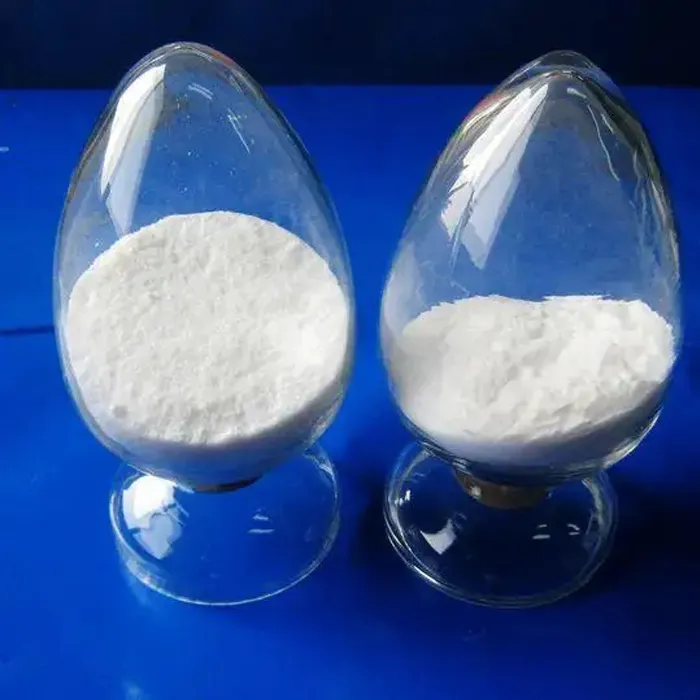Coagulation is a crucial process in water treatment that enhances the removal of suspended particles, colloids, and other impurities from water. This essential step in the water purification process involves the addition of chemical coagulants, which promote the aggregation of small particles into larger clusters, known as flocs. These flocs can then be more easily separated from the water during subsequent processes such as sedimentation and filtration.
The coagulation process typically begins by dosing the water with coagulants, which are often aluminum sulfate, ferric chloride, or polyaluminum chloride. These chemicals work by neutralizing the negative charges on suspended particles, allowing them to come together and form larger aggregates. Once the coagulant has been added, rapid mixing is essential to ensure that the coagulant is evenly distributed throughout the water. This is followed by slow mixing, which facilitates the formation of flocs.
The effectiveness of coagulation depends on several factors, including water chemistry, temperature, pH levels, and the types and concentrations of coagulants used. For example, optimal pH levels are crucial because the mechanisms of charge neutralization and particle aggregation can vary significantly with changes in pH. Testing and monitoring these parameters is essential for achieving effective coagulation.
coagulation in water treatment pdf

After the coagulation step, the water is allowed to sit in a sedimentation basin, where gravity pulls the heavier flocs to the bottom, forming a sludge layer. The clarified water, which is now significantly lower in turbidity and can have reduced pathogen levels, can then proceed to the next treatment stages. These may include additional filtration processes, disinfection, and, in some cases, further chemical treatments to ensure the water meets safety standards for consumption.
Coagulation also plays a significant role in managing and removing toxic substances in water, such as heavy metals and organic pollutants
. By carefully selecting coagulants and optimizing conditions, water treatment facilities can not only enhance water quality but also contribute to overall public health and environmental sustainability.In summary, coagulation is a fundamental process in water treatment systems. By transforming tiny particles into larger flocs, it allows for more efficient removal of impurities and helps ensure safe, clean drinking water. Understanding and refining this process is crucial for maintaining high water quality standards and addressing the challenges of water pollution.

